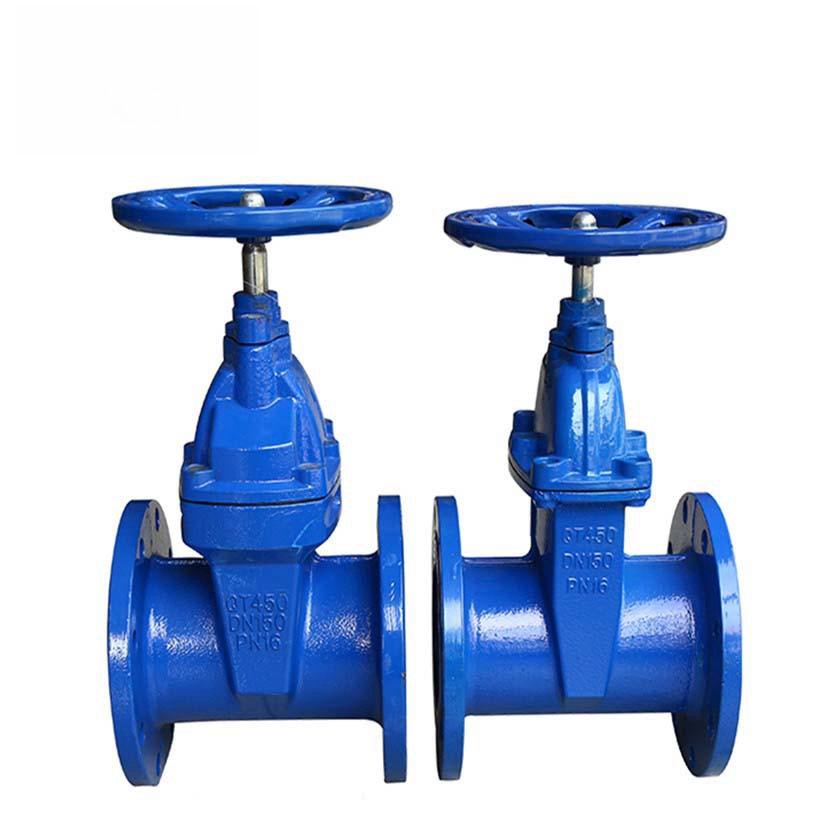Lever-Operated Swing Check Valve for Efficient Flow Control Solutions
Understanding Swing Check Valves with Levers Essential Components in Fluid Systems
Swing check valves are vital components in various fluid systems, ensuring the unidirectional flow of liquids and gases while preventing backflow. Among the various types of check valves, the swing check valve with a lever stands out for its unique operational mechanism and application versatility. This article will delve into the design, functionality, benefits, and applications of swing check valves with levers.
Design and Mechanism
A swing check valve typically consists of a valve body, a disc (or flap), and a hinge mechanism. The disc is mounted on a hinge, allowing it to swing open and close in response to the flow direction of the fluid. When fluid flows in the intended direction, the disc swings open, allowing passage. Conversely, when there is a reverse flow, the disc swings back into its seat, effectively preventing backflow.
The lever mechanism enhances the functionality of the swing check valve. Attached to the disc, the lever increases the ease with which the disc can open and close. This is particularly beneficial in larger valves or systems with lower flow velocities. By applying force to the lever, the operator can ensure that the valve opens fully, reducing the risk of turbulence and pressure loss in the system.
Advantages of Swing Check Valves with Levers
1. Backflow Prevention One of the primary functions of a swing check valve is to prevent backflow, which can lead to contamination and damage in a system. The lever assist ensures that the valve closes quickly and securely when fluid tries to reverse its direction.
2. Ease of Operation The lever mechanism makes it easier to operate the valve, particularly in systems where manual operation is required. Operators can quickly engage the lever to ensure the valve opens or closes as needed.
swing check valve with lever

3. Reduced Fluid Resistance Swing check valves are designed to minimize pressure drop in the system. The broader design allows for higher flow rates without significant resistance, which is crucial in large pipelines or systems where efficiency is essential.
4. Durability These valves are often made from robust materials such as cast iron, stainless steel, or PVC, making them suitable for various temperatures and pressures. The use of high-quality materials ensures a long lifespan and reliable performance in demanding environments.
5. Versatile Applications Swing check valves with levers can be used in various industries, including water treatment, oil and gas, HVAC systems, and food processing. Their versatility makes them a popular choice for engineers looking to secure fluid flow in multiple contexts.
Applications
The applications of swing check valves with levers are diverse. In the water treatment industry, they are commonly used to prevent the reverse flow of treated water back into the system. In oil and gas operations, these valves play a crucial role in maintaining proper fluid flow, preventing spills, and ensuring safety. In HVAC systems, they are utilized to regulate the flow of chilled water or refrigerants, contributing to energy efficiency and optimal HVAC performance.
Additionally, in food and beverage processing, swing check valves help maintain sanitary conditions by preventing backflow that could contaminate products. Their reliability and effectiveness are why they are so widely adopted across various sectors.
Conclusion
Swing check valves with levers are essential for maintaining efficient and safe fluid systems. Their unique design enhances performance, making them suitable for a broad range of applications. By understanding their functionality and advantages, engineers and operators can make informed decisions about the best components for their fluid systems. As industries continue to evolve, the importance of reliable and efficient check valves will only grow, solidifying the role of swing check valves with levers in modern engineering solutions. Whether in residential plumbing, industrial applications, or municipal water systems, these valves play a crucial role in safeguarding fluid integrity and ensuring smooth operations.
-
The Key to Fluid Control: Exploring the Advantages of Ball Valves in Industrial SystemsNewsJul.09,2025
-
The Versatile World of 1, 2, and 3 Piece Ball ValvesNewsJul.09,2025
-
Stainless Steel Ball Valves: The Ideal Choice for Efficient Flow ControlNewsJul.09,2025
-
Optimizing Fluid Control with Ball Float ValvesNewsJul.09,2025
-
Manual Gate Valves: Essential for Control and EfficiencyNewsJul.09,2025
-
Everything You Need to Know About Butterfly ValvesNewsJul.09,2025
-
The Versatility of Wafer Type Butterfly ValvesNewsJul.08,2025




